10 unusual phobias that actually exist
These unusual phobias may sound bizarre, but they are real conditions that bring great distress to those who live with them.
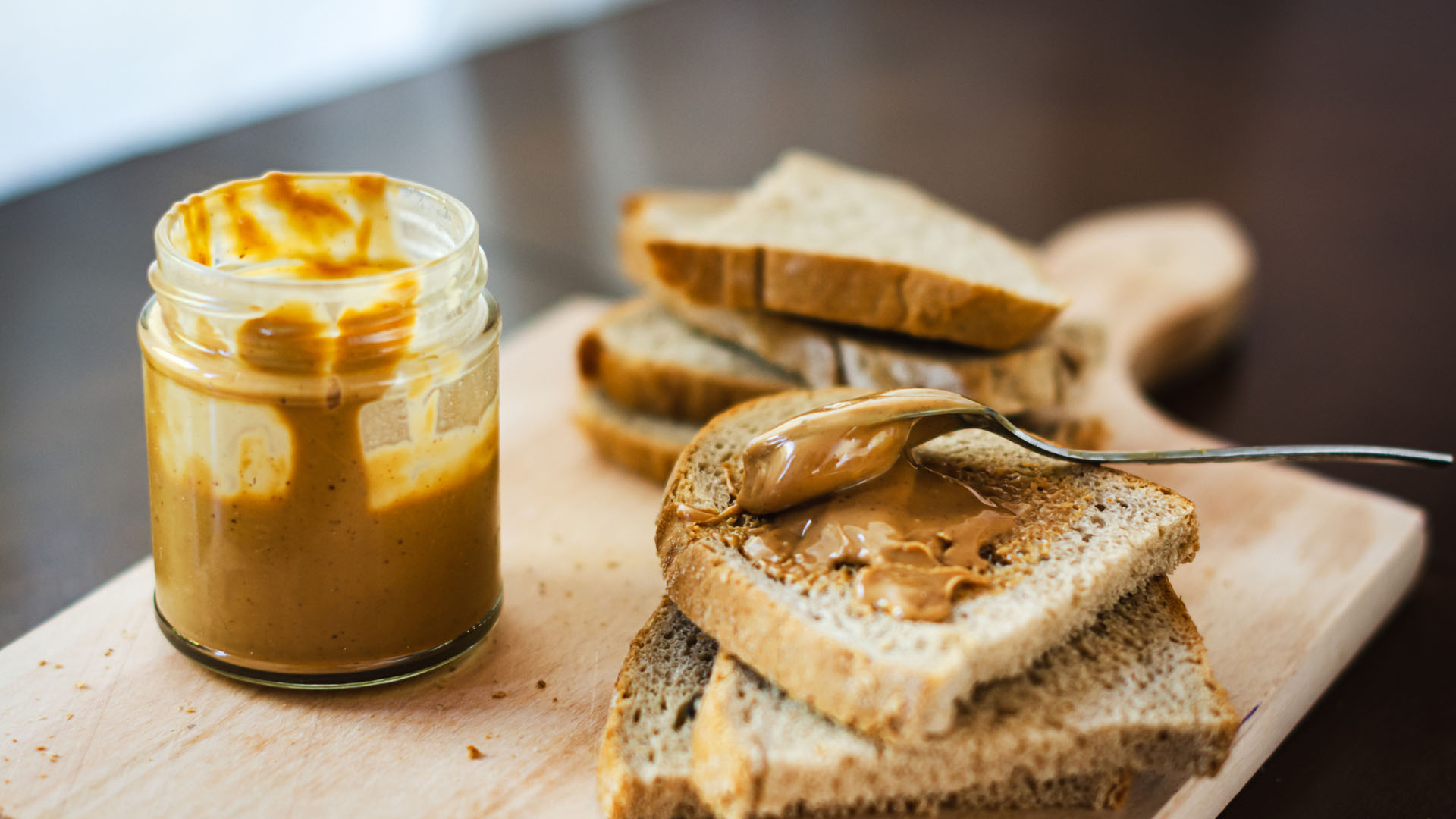
Everyone knows someone who is afraid of spiders, heights or flying. However, some people develop more unusual phobias, such as a fear of balloons or bananas. A banana may sound harmless to someone without a fear of them, but phobias are serious business.
A phobia is more than just being fearful, according to John Hopkins Medicine. People with phobias go to great lengths to avoid the source of their uncontrollable and overwhelming fear. And they may experience panic attacks when they are forced to encounter the object of their terror.
Here are ten lesser known phobias that really do exist.
1. Trypophobia: Fear of repetitive patterns of holes

Trypophobia is a fear or repulsion of repetitive patterns of holes, according to a 2018 case report published in the journal Frontiers in Psychiatry. People with this condition may feel intense and disproportionate fears at the sight of objects like bubble wrap, honeycomb and seed pods.
In the case report, researchers described a 12-year-old female patient who described being terrified when looking at objects like seed-covered bread, Gruyère cheese, and clothes with polka dots or animal print. The patient had no previous history of mental distress and had an outstanding school performance. In trying to determine the symptoms’ onset, the girl’s mother reported an episode during which her daughter desperately escaped from a bathroom, after spotting its perforated concrete walls.
2. Globophobia: Fear of balloons
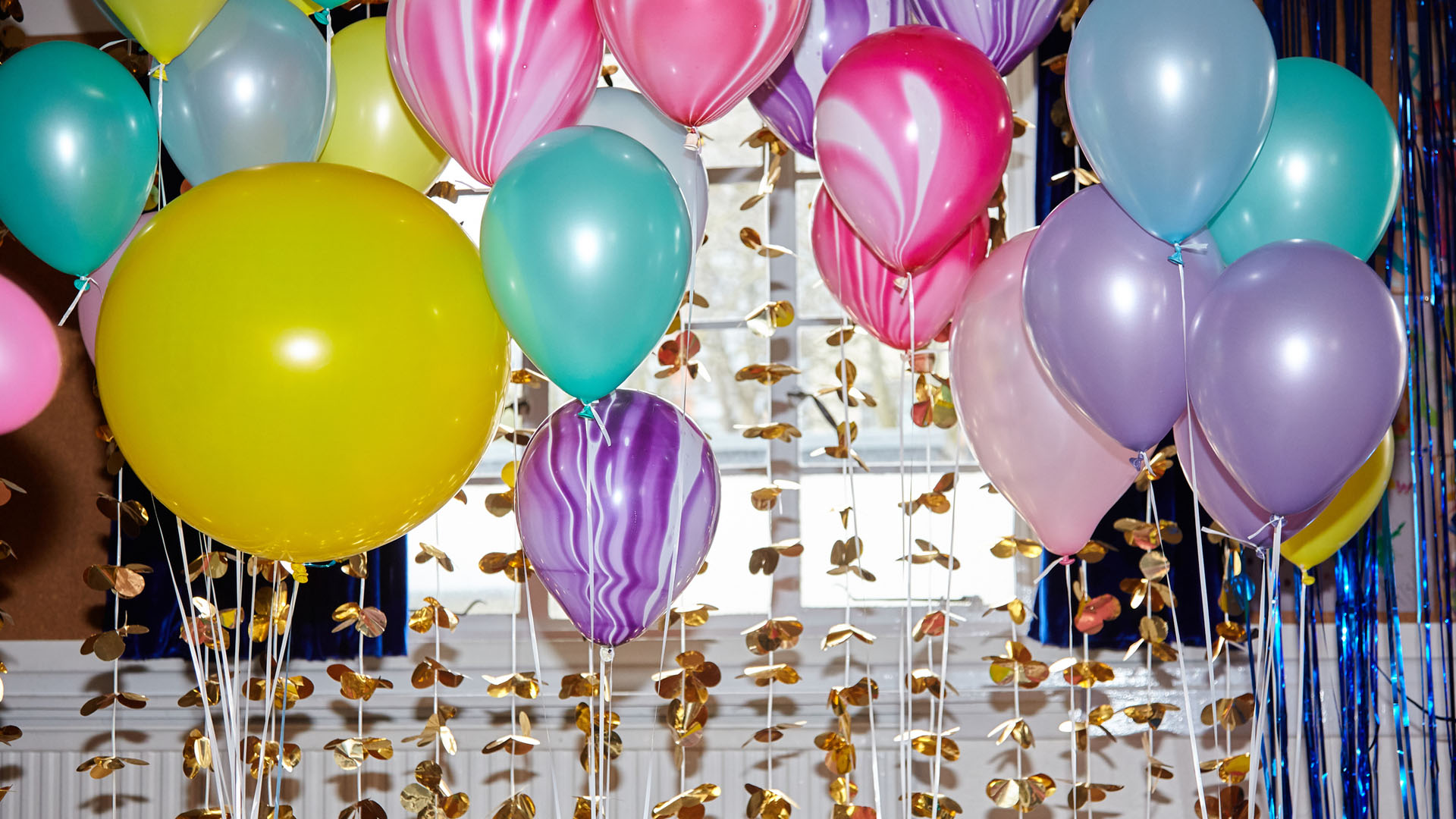
Globophobia is a fear of balloons, according to a 2013 article in the British Medical Journal. People with this condition may have an intense fear at the sight, touch, or even smell of balloons. Most individuals, however, are only afraid of the popping sound, the article notes.
- Related: Why do people have phobias?
3. Vestiphobia: Fear of clothing
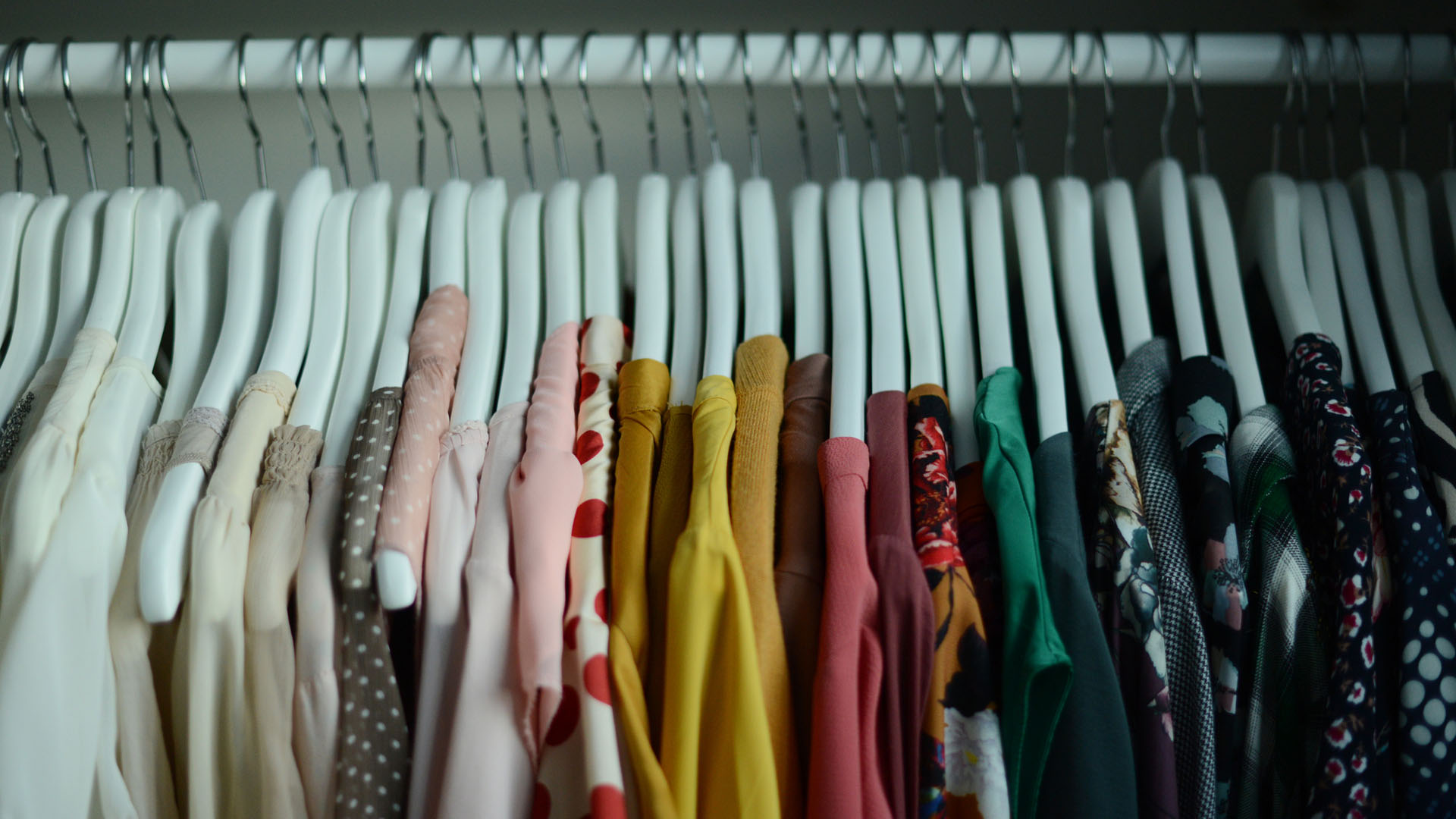
Vestiphobia is a fear of clothing, according to a 2011 case report published in the journal Grand Rounds. People with the condition may fear a specific garment, or they may be scared of tight-fitting clothing that causes one to feel constrained. In extreme cases, the patient may withdraw from society completely in order to avoid being clothed.
In the case report, researchers described a case of a 21-year-old Chinese military conscript trainee. The patient had no history of mental illness or psychiatric treatment, and he had never participated in military activities before. Soon after starting his field training sessions, he began experiencing symptoms like heart palpitations, chest tightness and cramps. The patient claimed that the symptoms were triggered only upon putting on his unloaded protective body vest, which progressively worsened after a slow walk.
4. Bananaphobia: Fear of bananas
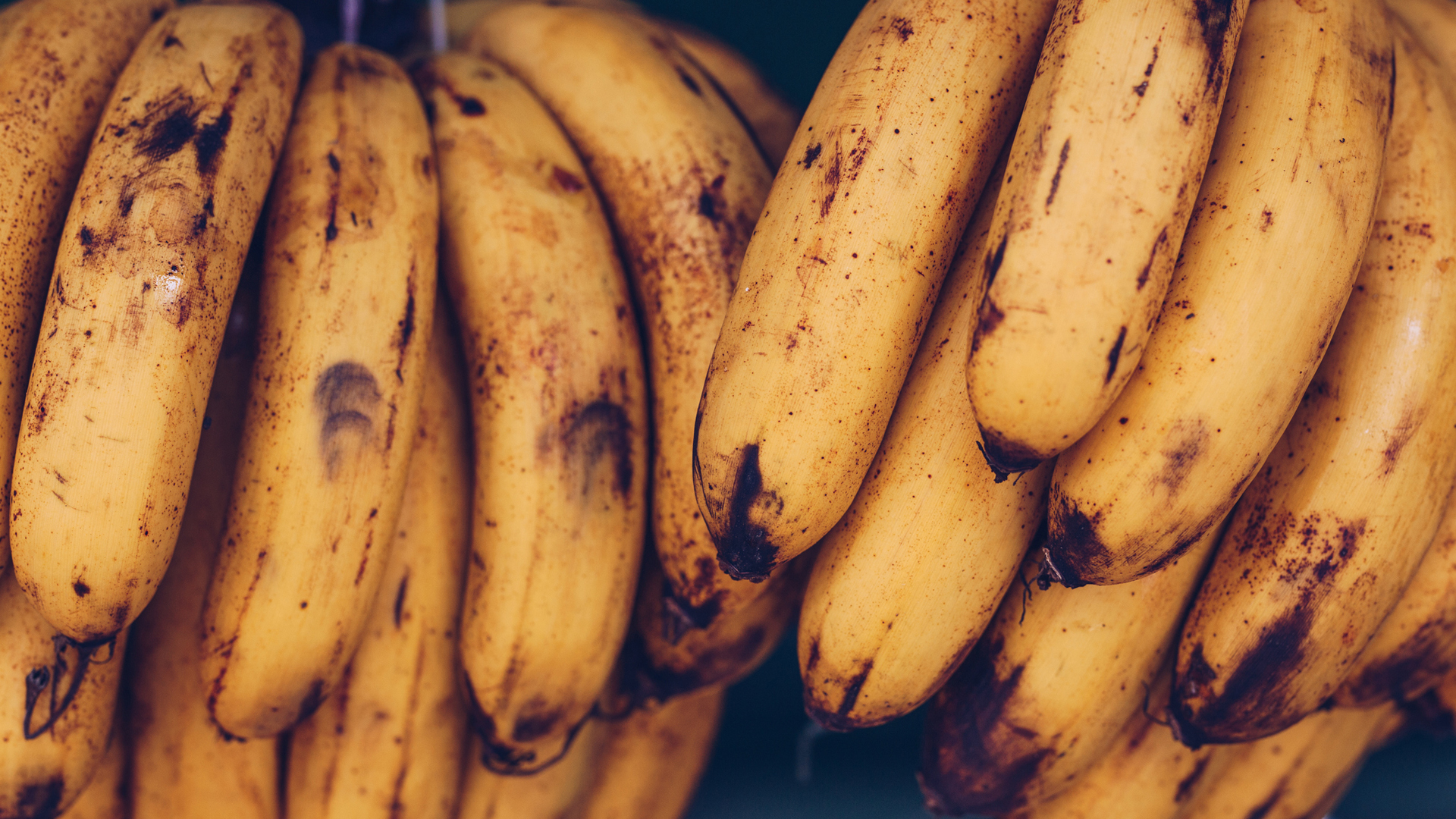
Bananaphobia is, as the name suggests, a fear of bananas. One such case was reported in the Daily Mail. According to this report, a female patient had been scared of bananas all her life, so much so that she could not stand being in the same room as them without feeling nauseated.
Psychotherapy, the woman claimed, was able to help her overcome the bananaphobia.
5. Arachibutyrophobia: Fear of peanut butter sticking to the roof of one’s mouth
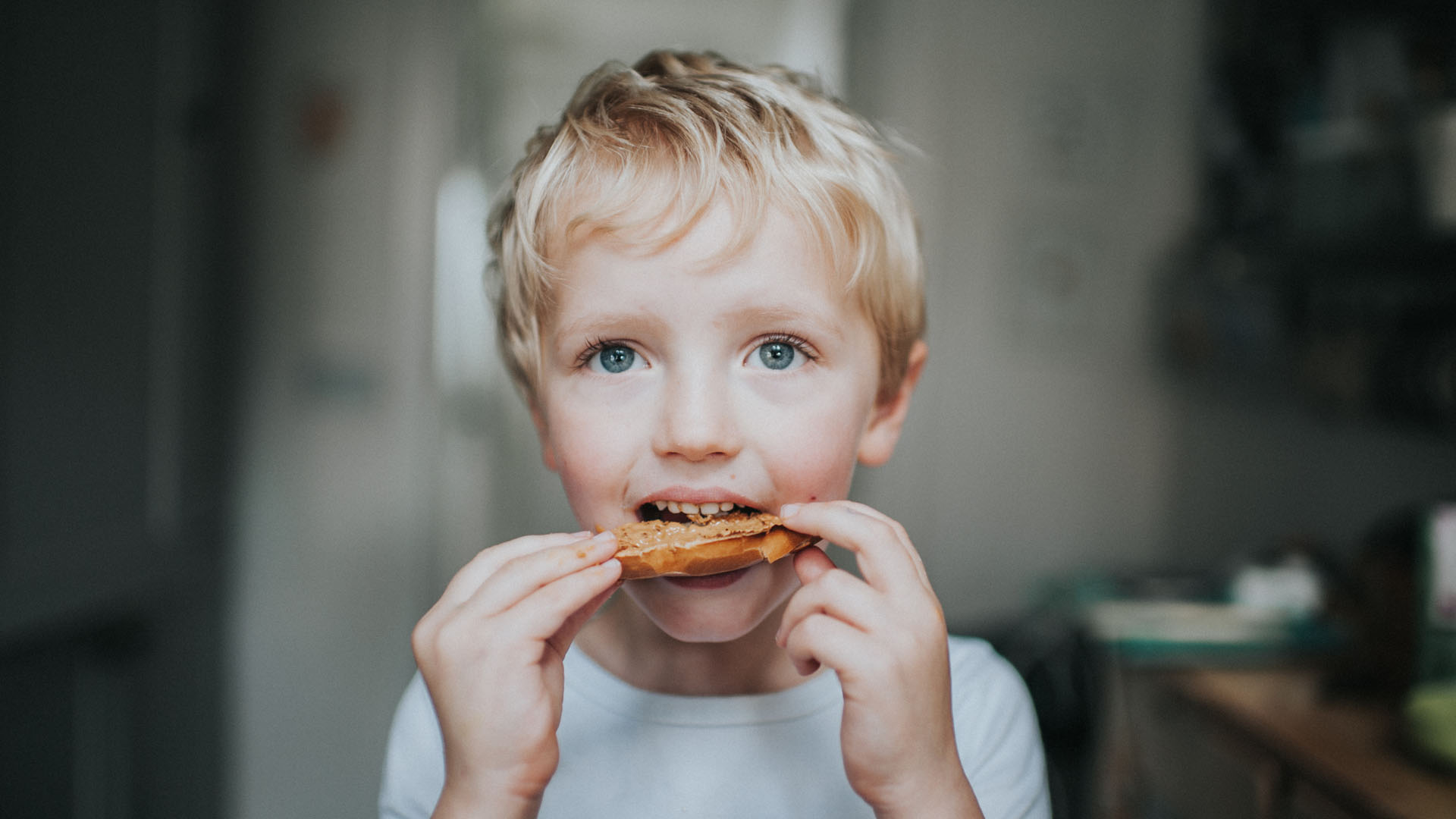
Arachibutyrophobia is a fear of peanut butter sticking to the roof of one’s mouth, according to a 2008 article published in the journal Food Bites. While this unpleasant sensation is not uncommon, people with arachibutyrophobia are extremely afraid of it. The individual does not fear the peanut butter itself — it is the feeling of ‘stickiness’ that induces panic. That is why patients may also steer clear of any other food products that have a similar consistency.
6. Hippopotomonstrosesquippedaliophobia: Fear of long words
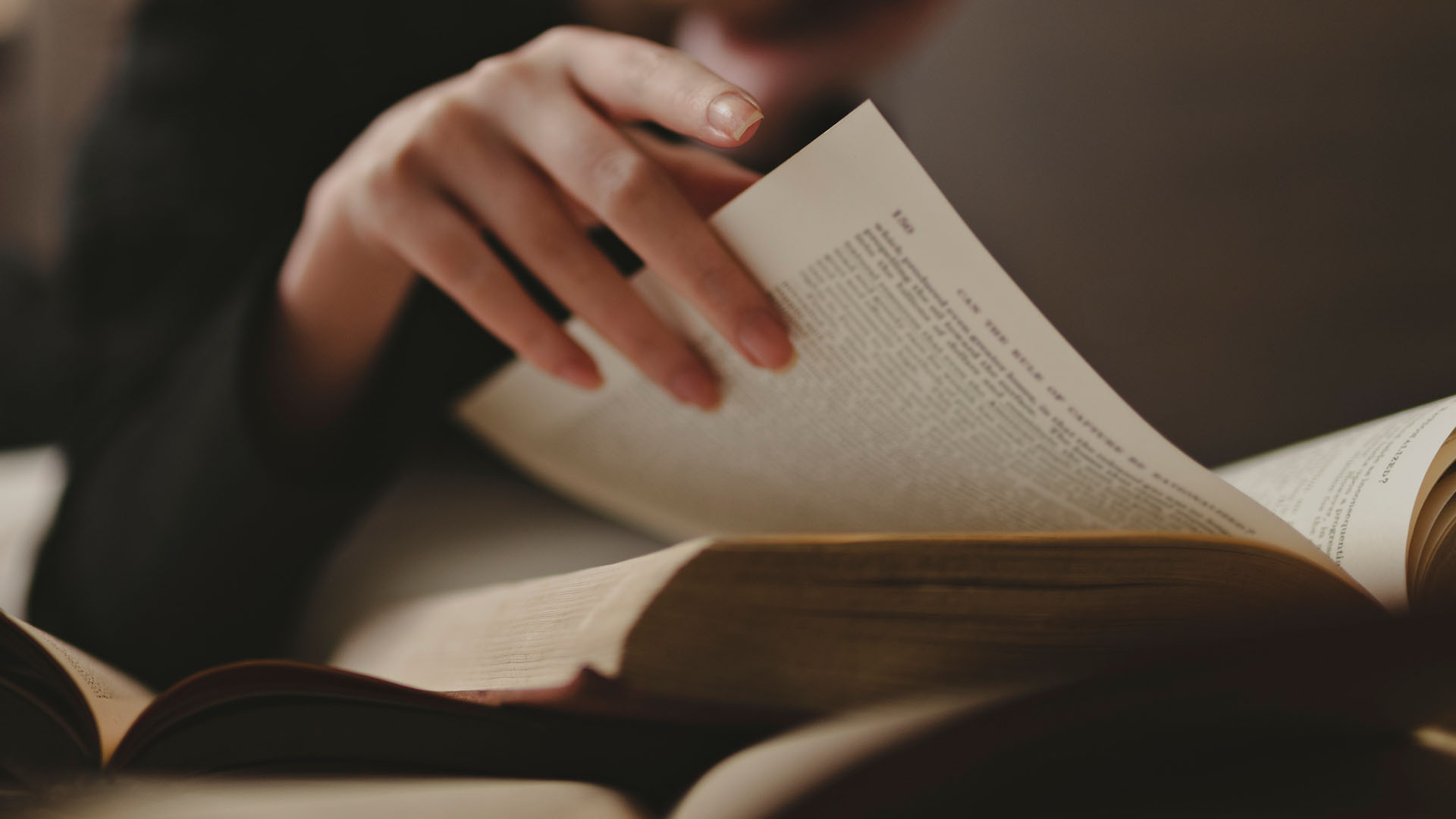
Hippopotomonstrosesquippedaliophobia, also known as sesquipedalophobia, is a fear of long words, according to the BBC. The name of this condition may sound like a cruel joke to those who have it, but it’s not meaningless. "Sesqui" is Latin for "one and a half", while "pedal" means "foot." So "sesquipedalophobia" literally translates to mean "the fear of one and a half feet," or fear surrounding a very long word.
Hippopotomonstrosesquippedaliophobia is often brought on by early experiences of shame and embarrassment when pronouncing long words. This phobia may particularly affect patients with dyslexia, according to a 2011 review published in the journal The Reading Teacher.
7. Omphalophobia: Fear of belly buttons
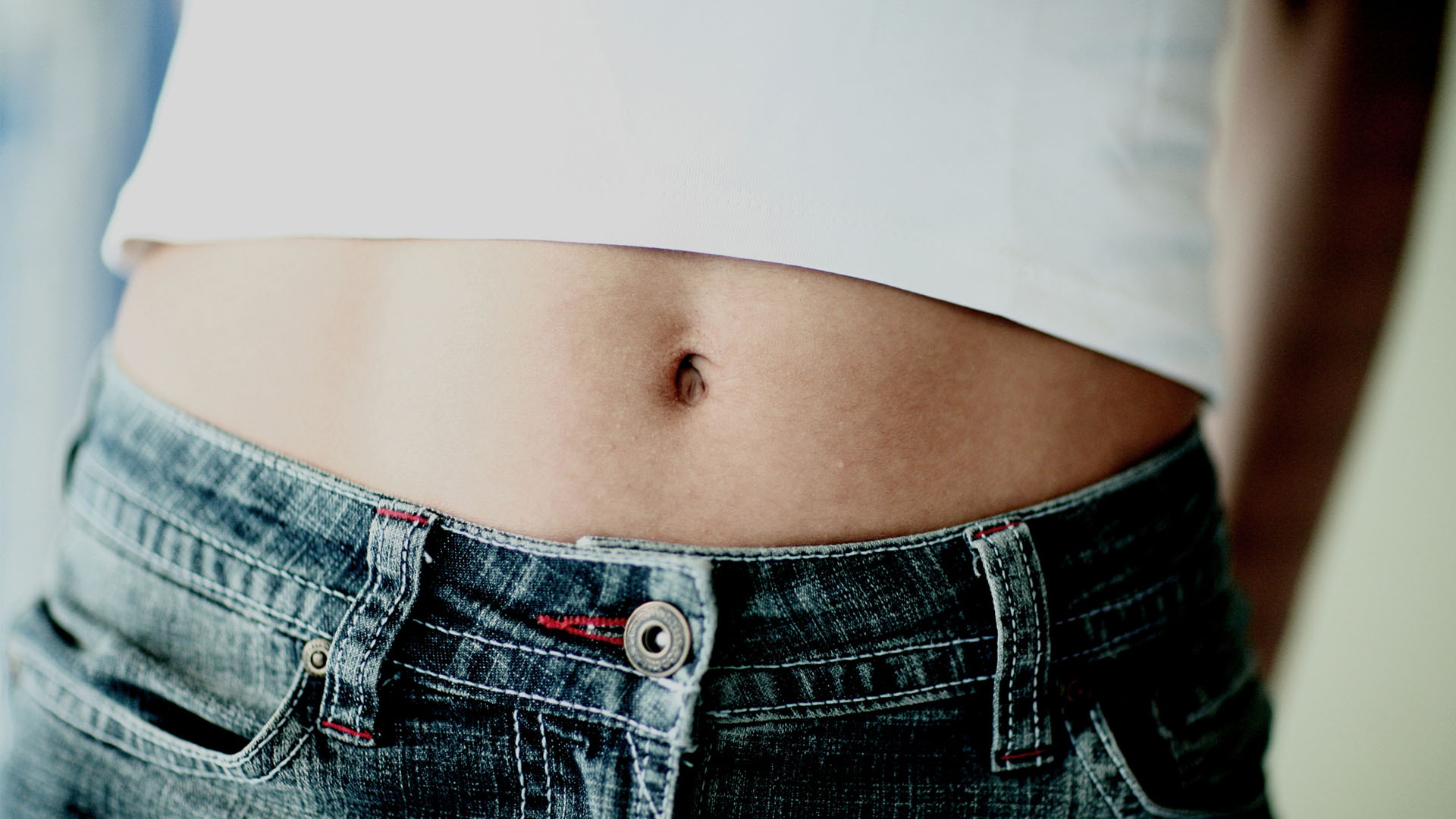
Omphalophobia is a fear of belly buttons. People with this condition are unable to touch the navel area, look at someone else's belly button or even think about one without feeling ill. A case of this rare phobia was reported in the Daily Mail. In the article, a female patient described being physically sick at the sight of the naval area. Determined to overcome omphalophobia and finish her medical degree, she underwent cognitive behavioral therapy. However, the article did not state whether the treatment was successful.
8. Phobophobia: Fear of phobias
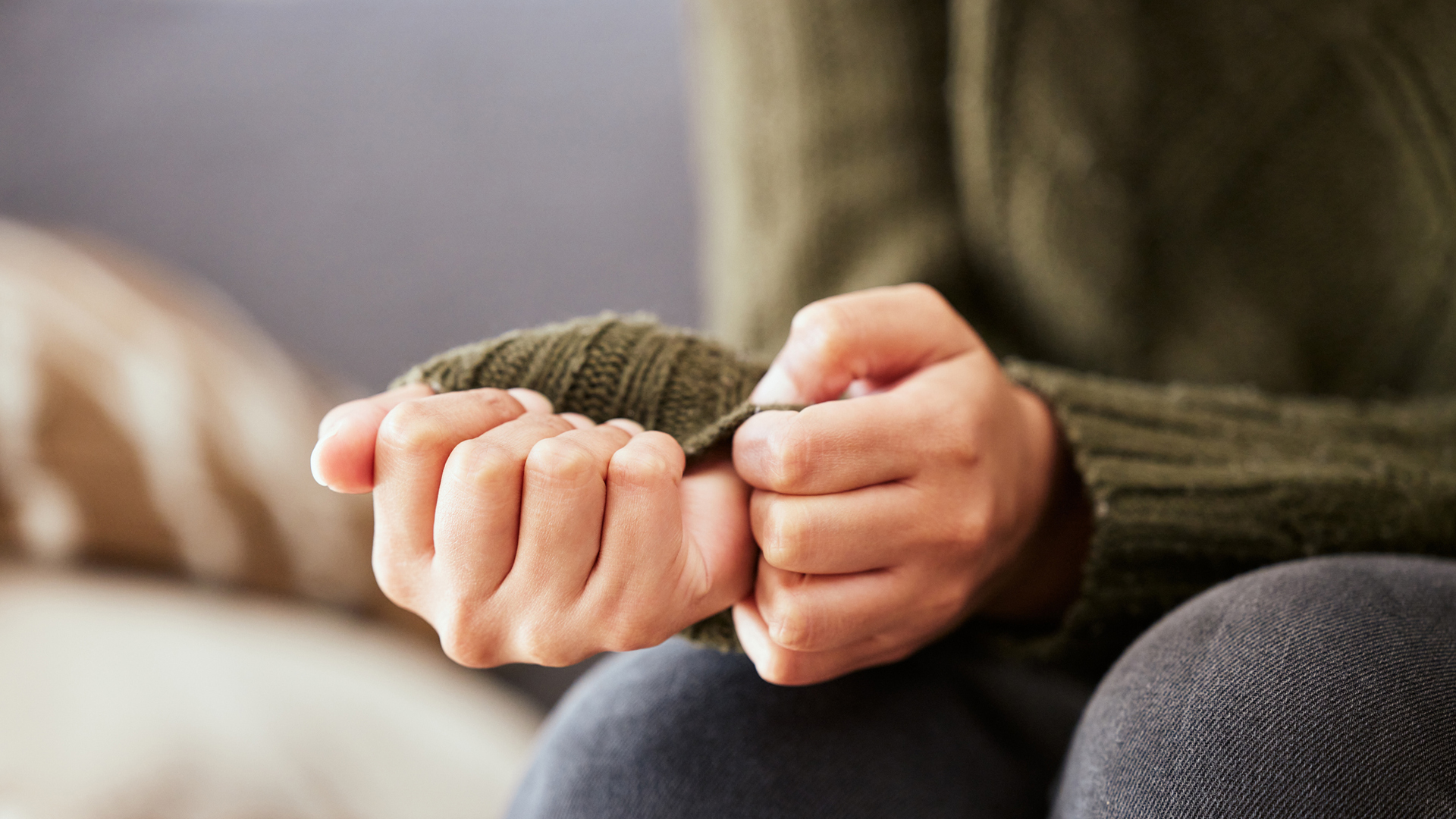
Phobophobia is a fear of phobias, according to a 1983 case study published in The Journal of Nervous and Mental Disease. Researchers described it as “free-floating anxiety” and a significant contributing factor to panic attacks. People with this condition may be scared of the physical sensations that come with fear, such as shortness of breath or heart palpitations. They might feel that these symptoms threaten their life or have the potential to cause permanent damage. They may also have a fear of developing a specific phobia.
Phobophobia tends to be diagnosed alongside anxiety disorders, the researchers said.
9. Chaetophobia: Fear of hair
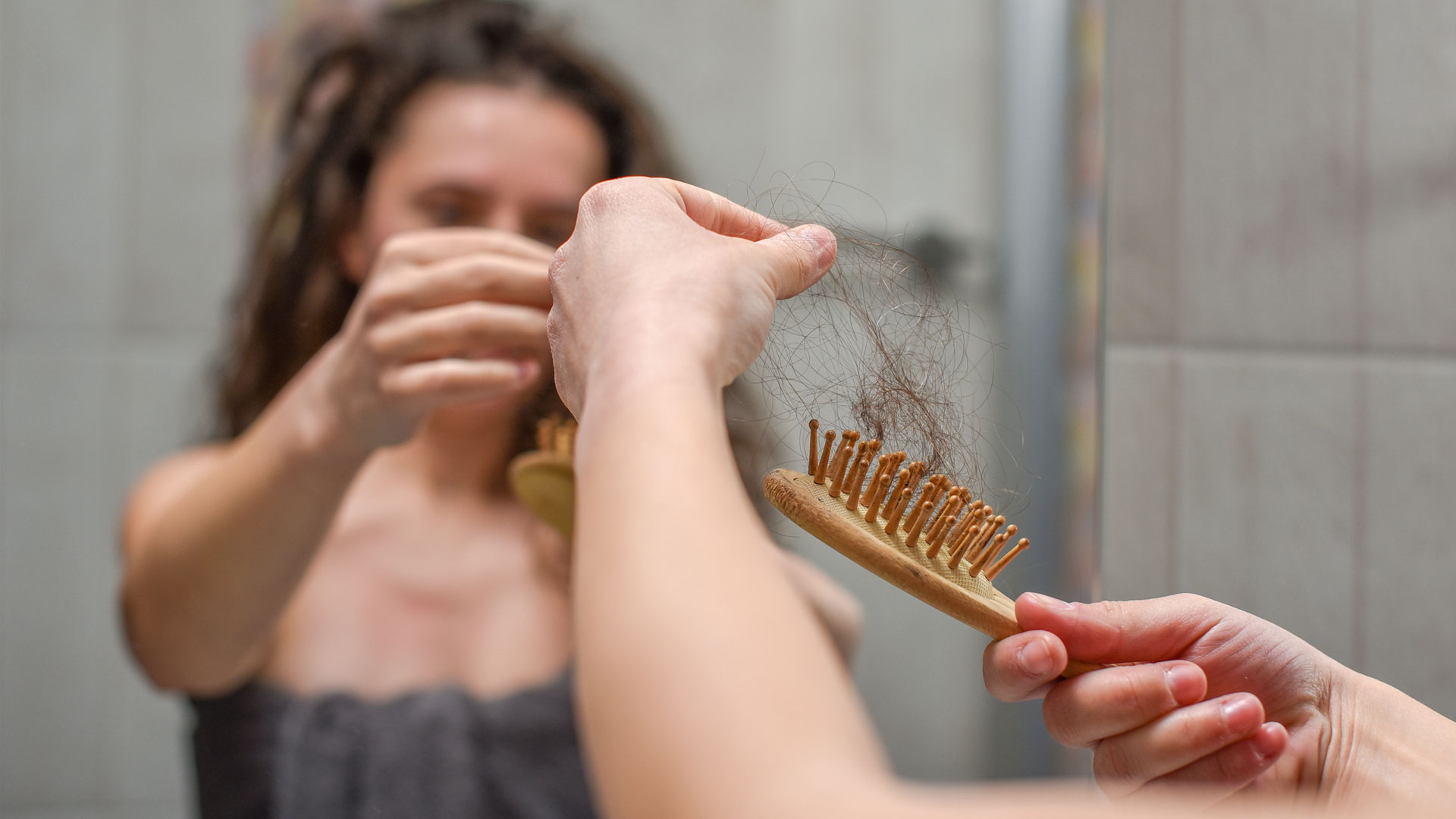
Chaetophobia is a fear of hair, according to a 2022 article in the TNNMC Journal of Mental Health Nursing. People with this condition may be scared of washing their hair, getting their hair cut or being close to furry animals.
10. Toilet phobias
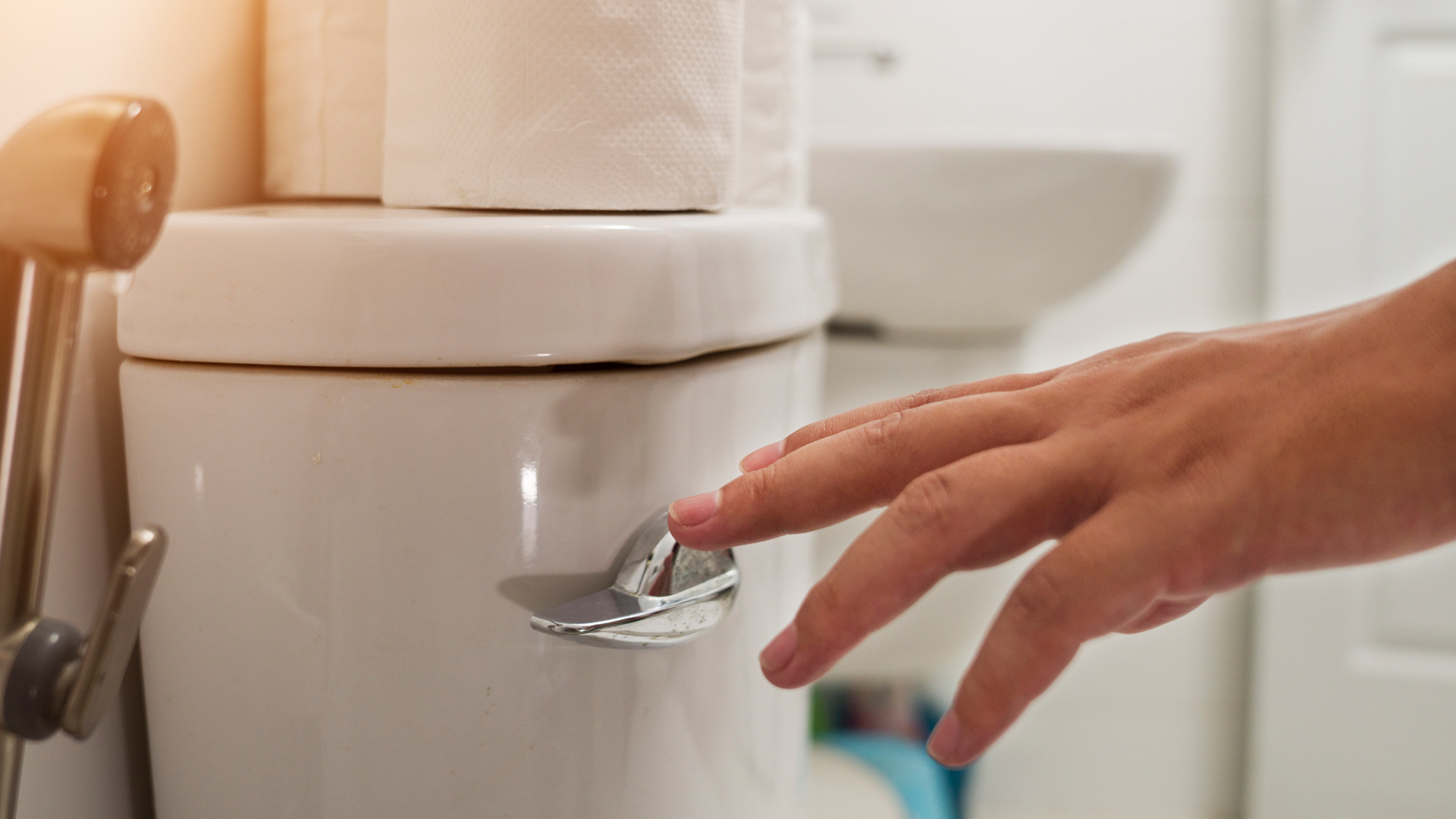
Toilet phobias is a term used to describe a number of conditions in which people have difficulties around using the toilet, according to the charity National Phobics Society. These phobias may manifest as fear of being too far from the toilet, fear of using public toilets, or fear that others may be watching or listening when using the toilet. People with these conditions may go to extreme lengths to avoid going to the loo.
The Huffington Post UK reported a sad case of a 16-year-old patient who was so scared of toilets that she died from holding her bowel movements for nearly two months.
Sign up for the Live Science daily newsletter now
Get the world’s most fascinating discoveries delivered straight to your inbox.

Anna Gora is a health writer at Live Science, having previously worked across Coach, Fit&Well, T3, TechRadar and Tom's Guide. She is a certified personal trainer, nutritionist and health coach with nearly 10 years of professional experience. Anna holds a Bachelor's degree in Nutrition from the Warsaw University of Life Sciences, a Master’s degree in Nutrition, Physical Activity & Public Health from the University of Bristol, as well as various health coaching certificates. She is passionate about empowering people to live a healthy lifestyle and promoting the benefits of a plant-based diet.










